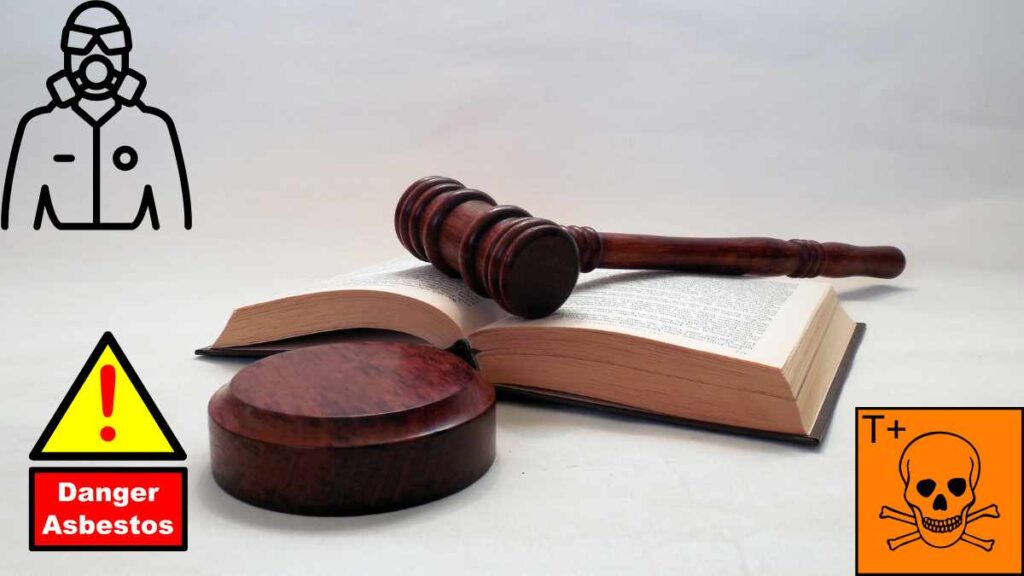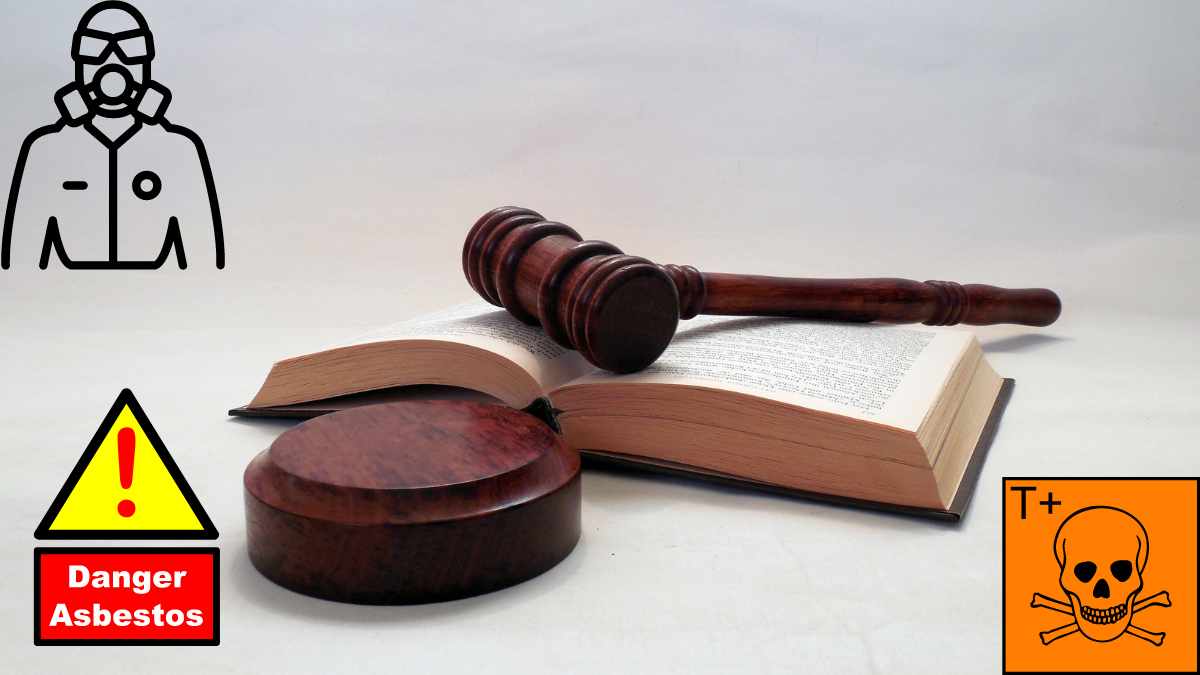We all know that when Asbestos Exposure Law is left undisturbed and untouched, it can pose no harm. But once installed in cars and buildings, the fibers can be released into the air, where they easily get circulated to other places: schools, homes, offices. This results in asbestos exposure.
The History of Asbestos Exposure Law

Asbestos is a naturally occurring mineral that has been used in a variety of industries for centuries. Although its use has declined in recent years, asbestos exposure continues to be a concern for workers in many industries.
Asbestos exposure can lead to a number of serious health conditions, including mesothelioma, lung cancer, and asbestosis. If you have been exposed to asbestos and have developed any of these conditions, you may be eligible for compensation.
The history of asbestos use goes back hundreds of years. The mineral was first used by the ancient Greeks and Romans for its fire-resistant properties. Asbestos continued to be used throughout the centuries for a variety of applications, including insulation, flooring, and brake pads.
As the dangers of asbestos exposure became more apparent in the 20th century, its use began to decline. In 1976, the United States banned the use of asbestos in insulation and other products. However, exposure remains a concern for workers in many industries, including construction, mining, and shipbuilding.
If you have been exposed to asbestos at work or through another activity, it is important to speak with an experienced attorney who can help you understand your rights and options. You may be entitled to compensation for your injuries, which can help pay for medical bills and other expenses related to your condition.
How Did I Get Exposed?
If you or a loved one have been diagnosed with an asbestos-related disease, you may be wondering how it happened. Asbestos is a natural mineral that has been used in a variety of industries for centuries. It is known for its heat-resistant properties and was once commonly used in insulation, pipe covering, flooring, shingles, cement, and other building materials.
While asbestos was once considered safe, we now know that exposure to asbestos fibers can cause serious health problems, including mesothelioma, lung cancer, and asbestosis. So how did you get exposed?
There are a number of ways you could have been exposed to asbestos fibers. If you work in a trade that involves using or removing asbestos-containing materials, you may have been exposed through your work. This is most common in construction workers, shipyard workers, boilermakers, painters, electricians, and plumbers.
You may also have been exposed to asbestos fibers if you live or work in an older building that contains asbestos-containing materials. As these materials break down over time, they can release asbestos fibers into the air. If the building is not well-ventilated, these fibers can build up and put you at risk of exposure.
If you think you may have been exposed to asbestos fibers, it’s important to see your doctor right away so they can check for any health problems related to asbestos exposure.
Types of Lawsuits For Personal Injury
Different types of lawsuits may be filed for personal injuries resulting from asbestos exposure. These include:
1. Negligence lawsuit – This type of lawsuit may be filed against a company or individual who failed to take precautions to prevent exposure to asbestos, resulting in personal injury.
2. Products liability lawsuit – This type of lawsuit may be filed against a company that manufactured or supplied products containing asbestos, if the products caused personal injury.
3. Property damage lawsuit – This type of lawsuit may be filed against a company or individual responsible for damaging property due to asbestos exposure.
4. Wrongful death lawsuit – This type of lawsuit may be filed by the family members of someone who died due to asbestos exposure.
Proving Liability
If you or a loved one has contracted an asbestos-related disease, you may be wondering who is responsible for your injuries. The answer to this question depends on a number of factors, including when and where you were exposed to asbestos, and whether the exposure was due to negligence on the part of another party.
In general, those who have been exposed to asbestos through no fault of their own (e.g., through workplace exposure) may have a valid claim against the party or parties responsible for their exposure. To prove liability in such cases, it is necessary to show that the exposure was the result of negligence on the part of the liable party.
There are a number of ways to prove negligence in an asbestos exposure case. For example, if it can be shown that the liable party knew or should have known about the dangers of asbestos exposure but failed to take steps to protect those exposed, they may be held liable for any resulting injuries. Additionally, if the liable party failed to provide adequate warnings about the risks of asbestos exposure, they may also be held liable.
To learn more about proving liability in an asbestos exposure case, contact an experienced personal injury attorney today.
What to be aware of when dealing with asbestos exposure by proxy
If you have been exposed to asbestos by proxy, it is important to be aware of the potential health effects and seek medical attention if necessary. Asbestos exposure by proxy occurs when someone is exposed to asbestos fibers indirectly, such as through contact with clothing or equipment that has been contaminated with asbestos. This type of exposure is often difficult to avoid, particularly in workplaces where asbestos is present.
Asbestos exposure can cause a variety of serious health problems, including mesothelioma, lung cancer, and other respiratory diseases. If you believe you may have been exposed to asbestos by proxy, it is important to see a doctor as soon as possible for an evaluation. If you have been diagnosed with an asbestos-related disease, you may be eligible for compensation through an asbestos exposure lawsuit.
Conclusion
Asbestos exposure can cause a variety of serious health problems, including mesothelioma, lung cancer, and asbestosis. If you or a loved one has been diagnosed with an asbestos-related disease, you may be wondering who is responsible for your injuries.
The answer depends on a number of factors, including where and how you were exposed to asbestos and whether the company that exposed you knew or should have known about the risks of asbestos exposure. An experienced personal injury lawyer can help you investigate your claim and determine who might be liable for your damages.

